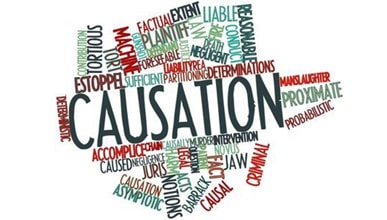In the context of medical law, the issue of causation, or novus actus interveniens often arises. It occurs when a patient presents for medical treatment for injuries negligently caused by another defendant, for example in a motor vehicle accident, and then suffers further injury as a result of negligent treatment for it.
In New South Wales any subsequent negligent treatment is not regarded as a novus actus unless the treatment provided is “inexcusably bad or grossly negligent”, because it is accepted that the original injury carries with it the risk that the treatment provided for it will be negligent.
When the chain of causation is not broken the original tortfeasor remains liable for the injury, and any aggravation of it as a result of subsequent negligently provided medical treatment. However, if the actions of the subsequent treatment provider can be categorised as inexcusably bad or grossly negligent that provider will become liable for the injuries he or she caused, and the original tortfeasor for the consequences of the injury caused by him/her.
The leading authority for this proposition is the unanimous decision of Mahony v J Kruschich (Demolitions) Pty Ltd, a decision of the High Court handed down in 1985, when the court confirmed these principles.
Unfortunately, the court provided no assistance as to what might be regarded as foreseeable consequences of a tortiously inflicted injury, and what would be regarded as subsequent treatment so grossly negligent that the chain of causation is broken.
The Mahony case has been widely applied by Australian Courts. The practical reality therefore, is that it is very difficult to break the chain of causation under such circumstances.
If you have suffered an injury as a result of medical treatment you may have a claim against the person who caused the injury. If you would like more information about Medical Negligence claims, and what you can do, call Stacks Goudkamp on 1800 251 800, or make an online enquiry for an obligation-free consultation.



